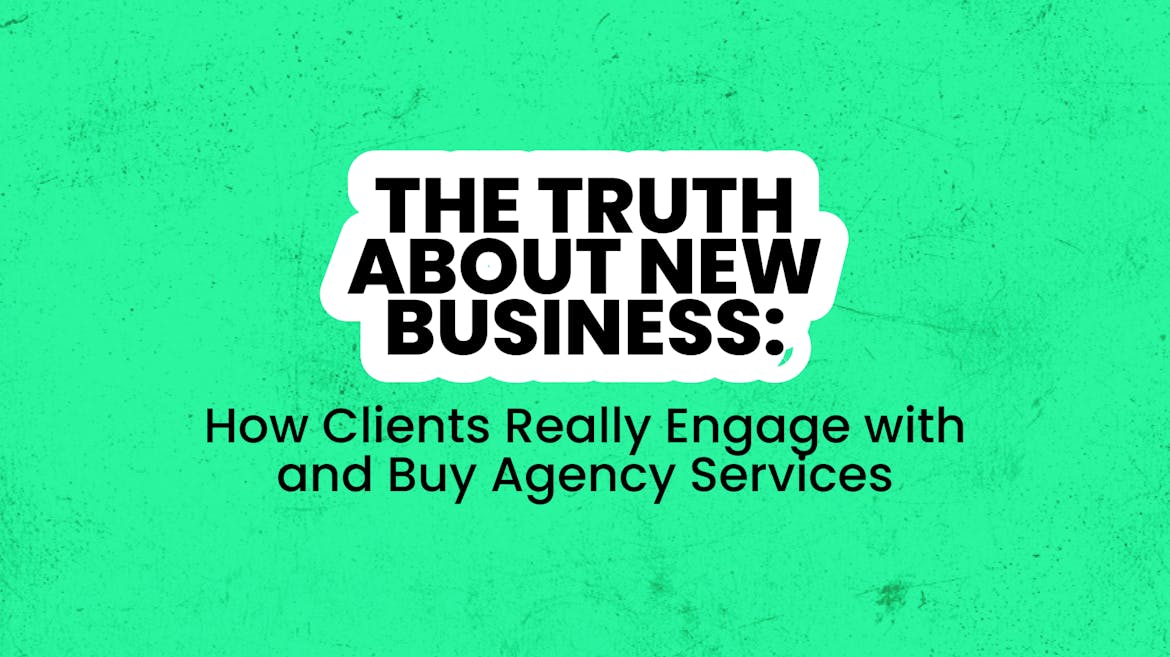The relationship between brands and agencies is being reshaped. Collaboration now takes precedence over transactions, AI is reshaping how creativity comes to life, and effectiveness has become the ultimate measure of success.
We brought together senior marketers and agency leaders to explore one key question: Future-proofing your agency: Staying relevant in 2026 & beyond.
1. Partnership, not transaction
The days of short-term, output-driven engagements are over. The most effective relationships are now built on shared ambition, trust and emotional investment, rather than deliverables alone.
Agencies that operate as genuine extensions of their clients’ teams, showing curiosity, accountability, and a deep understanding of the business, are building stronger, longer-lasting partnerships.
2. Shared success is the new currency
Commercial models are increasingly shifting towards shared KPIs and outcome-based rewards, reflecting a desire for mutual accountability.
While this remains complex to implement, particularly when market factors lie outside either party’s control, the direction of travel is clear: success should be collective.
This approach demands transparency, fairness and a willingness to move beyond traditional fee structures.
3. Chemistry and challenge go hand in hand
Successful partnerships balance collaboration with constructive challenge.
Agencies are most valued when they interrogate briefs, contribute fresh thinking and bring an external perspective, rather than simply delivering requests.
Chemistry is now recognised as an ongoing process that starts from the first interaction, not just the formal pitch, and thrives on authenticity, inclusivity and energy over polish or presentation.
4. Measurement matters, but fairness matters more
With marketing budgets under tighter scrutiny, ROI and effectiveness are central to every conversation. Agencies are expected to help define and track meaningful metrics, particularly across digital and influencer channels.
However, there is also growing awareness that not all outcomes can or should be quantified. The most sustainable partnerships set realistic KPIs that reflect shared ambition while acknowledging each side’s boundaries and levels of influence.
5. AI is here to enable, not erase
AI is increasingly seen as a creative enabler rather than a replacement for human thinking.
It is being used to streamline administrative tasks, accelerate asset production, and unlock more time for strategic and creative work.
The role of technology is to enhance efficiency and empower human creativity, not to imitate it. The emphasis remains on creativity with empathy and originality at its core.
6. In-housing isn’t a threat, it’s a balancing act
The expansion of internal studios is creating hybrid models of collaboration rather than competition.
In-house teams manage quick-turnaround, lower-complexity tasks, while agencies continue to bring fresh perspective, specialist expertise, and cultural insight.
This balance ensures both efficiency and innovation, with in-house capabilities complementing external creativity.
7. Future-ready marketing leaders stay curious
Modern marketing leaders must be multidisciplinary, data-literate, and continuously evolving.
Curiosity, adaptability, and ongoing professional development are essential to stay ahead in an industry that changes daily.
Building networks, maintaining visibility, and staying attuned to new technologies and cultural shifts are now key parts of long-term career success.
The future of marketing partnerships lies at the intersection of creativity, collaboration, and accountability.
AI and data will continue to shape the landscape, but the real differentiator remains human - the ability of teams to connect, imagine, and deliver as one.

